Dusty Hill, 1949-2021
ZZ Top's longtime bass player is gone.
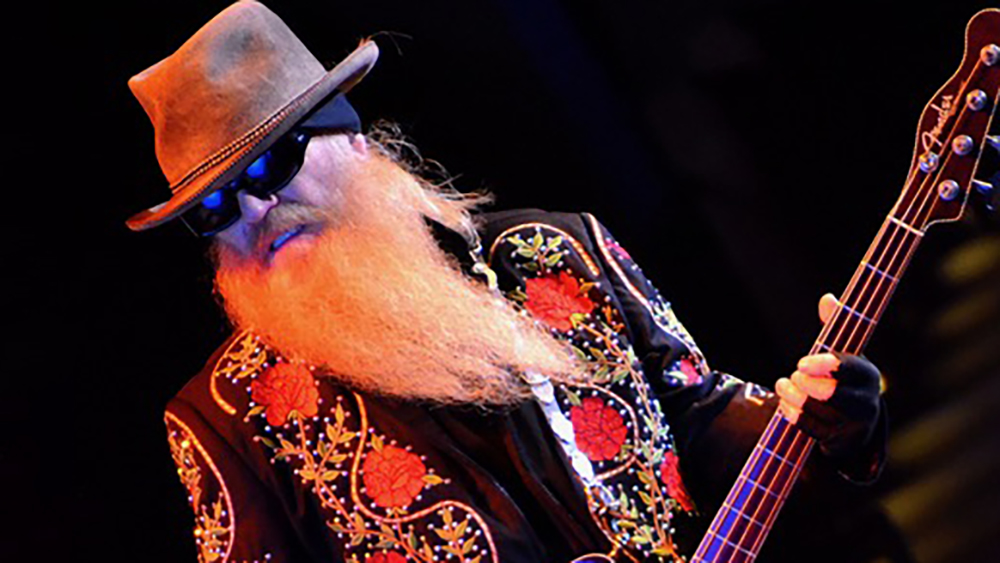
Rolling Stone (“ZZ Top Bassist Dusty Hill Dead at 72“):
ZZ Top bassist Dusty Hill, who played with the Texas blues rock trio for over 50 years, has died at age 72.
“We are saddened by the news today that our compadre, Dusty Hill, has passed away in his sleep at home in Houston, Texas,” surviving members Billy Gibbons and Frank Beard said in a statement. “We, along with legions of ZZ Top fans around the world, will miss your steadfast presence, your good nature, and enduring commitment to providing that monumental bottom to the ‘Top’. We will forever be connected to that ‘Blues Shuffle in C.’ You will be missed greatly, amigo.”
Hill wasn’t ZZ Top’s original bass player, but he joined shortly before they cut their debut LP, ZZ Top’s First Album, in 1971, and remained a pivotal part of the group through their most recent albums and tours. Throughout all that time, the lineup stayed just Hill, Gibbons, and Beard, making them one of the most stable acts in rock history.
“It’s a cliché and sounds so simplistic, but it’s down to the three of us genuinely enjoying playing together,” Hill explained to Classic Rock in 2010. “We still love it, and we still get a kick out of being onstage. We also have enough in common to maintain a bond between us but sufficient differences to keep our individuality. And after all this time, we all know what winds up the others and what makes them the people they are.”
Hill grew up in Dallas, Texas, and began playing bass when he was 13. “Most bass players are guitar players first,” he told writer Gary Graff in 2016. “I wasn’t. I was a singer and I came home from school and there was a bass guitar there, and I played a bar that night. It wasn’t very good, but I kind of learned how to play on stage and whatnot, and embarrassment is a great motivator.”
He joined ZZ Top shortly after they signed a deal with London Records. Early records ZZ Top’s First Album and Rio Grande Mud failed to generate much traction, but they finally connected in 1973 with Tres Hombres thanks to the hit single “La Grange.” That same year, they opened up for the Rolling Stones in Hawaii. “People would look at us onstage, drop their jaws, and moan,” Hill told Rolling Stone in 1974. “In the end, though, we’d just blow them away and they’d scream for us to come back. We’d feel kind of funny with the Stones watching us from behind, waiting for us to finish.”
[…]
Hill remained a quiet presence through it all, rarely granting interviews and letting Gibbons serve as the group’s mouthpiece. When he did talk to the press, he hinted at a darkness that few fans saw. “There have been any number [of low points in my life], but I never discuss them in public,” he said in 2010. “They’re not for the public to pick over and dissect. All I will say is that you have to have the right attitude to these downturns. You have to go through the low points to appreciate the highs in life.”
Over the past few years, Hill endured a hip replacement surgery and a shoulder injury. The group was forced to cancel a few shows, and they played with a replacement earlier this month when Hill was forced to head back to Texas to deal with a hip issue.
While his cause of death is unknown, he did say in 2010 what he’d like to see written on his tombstone. “It may sound morose, but you never get younger,” he said. “I’ve come up with some ideas, and then rejected them all. There’s an inscription on a wooden marker over a grave in Boot Hill that says: Here lies Lester Moore. Four slugs from a .44. No Les. No more. I like the humor in that.”
Variety (“ZZ Top Bassist Dusty Hill Dies at 72“):
Joseph “Dusty” Hill, ZZ Top’s bassist for more than 50 years, has died, the group’s longtime rep confirmed. No cause of death was cited.
[…]
Earlier this month, Gibbons and Beard played their first performances without Hill in more than 50 years, stating that the bassist had been forced to seek medical attention “to address a hip issue,” according to a statement, although his ailment was apparently more serious than they let on. “Per Dusty’s request the show must go on!,” the statement continued, and the band’s longtime guitar tech, Elwood Francis, filled in.
While ZZ Top was best known for their synthesizer-powered 1980s hits, they were a thoroughly Texan, heavy rock-blues band at heart, spawned from the same psychedelic scene that birthed Roky Erickson and the 13th Floor Elevators but keeping things roots and rocking throughout their more than 50-year career, even as they incorporated synthesized rhythms into their sound in the 1980s.
Hill was born in Dallas in 1949 and played cello in high school, which made for an easy transition to electric bass. He, his guitarist brother Rocky and future fellow ZZ Top bandmate Frank Beard, a drummer, played in local bands such as the Warlocks, the Cellar Dwellers and American Blues, working the same Texas touring circuits as ace guitarist Billy Gibbons’ band, the Moving Sidewalks.
The brothers parted company in 1968 over musical differences, and Hill and Beard moved to Houston, where they eventually united with Gibbons in ZZ Top. Gibbons had formed the band in 1969 and recorded a one-off independent single produced by manager Bill Ham, who would remain with them for decades. The act’s original bassist introduced the guitarist to Beard; Hill would join Gibbons and Beard for a gig in Beaumont, TX, on Feb. 10, 1970. The lineup remained the same for more than five decades: They celebrated their 50th anniversary at a San Antonio concert in February 2020.
Launched on London Records in 1971, the Houston-bred threesome secured its first major hit with the No. 8 LP “Tres Hombres” in 1973; the set included the raunchy single “La Grange,” a homage to the Chicken Ranch, the notorious bordello in the like-named Texas city. Another top 10 album, “Fandango!,” followed in 1975, powered by the FM-staple single “Tush.” Half of that album was recorded live in New Orleans, and captured the band’s powerful blues-rock groove.
By the end of the ’70s, ZZ Top’s potent brand of gutsy, no-frills blues ‘n’ boogie had made it one of America’s top concert attractions; its elaborate 1976 Worldwide Texas Tour featured actual livestock on stage. They moved from London Records to Warner Bros. in 1979 for “Degüello,” which shifted 1 million copies.
While the popularity of “Degüello” hinted at bigger things to come, “El Loco” (1981) introduced both the sound and the look that would put the band over the top. The first hints of the sonic manipulation that would take center stage on “Eliminator” were heard on that set. Also, two years of tonsorial neglect between tours resulted in Gibbons’ and Hill’s long beards, which graced the album’s cover.
But it moved to another level of popularity with 1983’s “Eliminator,” which found Gibbons and his band mates experimenting with new technologies – guitar loops, manipulated vocals and synthesized bass and drums — that refreshed their sound.
The breakout success of three “Eliminator” singles – “Gimme All Your Lovin’,” “Sharp Dressed Man” and “Legs” – and their accompanying videos, which featured car aficionado Gibbons’ like-named 1934 Ford coupe, lofted the band to a new level of commercial success and popular ubiquity. In the wake of “Recycler,” the band was cast as themselves in Bob Zemeckis’ “Back to the Future III” (1990).
“Eliminator” peaked at No. 9 and spent a remarkable 183 weeks on the American album charts, ultimately receiving diamond certification for sales of more than 10 million copies. The megahit album was succeeded by the quintuple-platinum “Afterburner” (1985) and the million-selling “Recycler” (1990).
In 1994, ZZ Top exited Warner Bros. for a highly publicized $35 million pact with RCA Records. With that move, Gibbons took on co-production duties with the band’s manager Bill Ham, who had helmed their studio work since the group’s debut single. The immediate result was the platinum album “Antenna.” Gibbons took the solo production reins on the group’s last two RCA releases, “XXX” (1999) and “Mescalero” (2003), and co-produced “La Futura” (2012) with Rick Rubin for his American Recordings imprint.
The band was inducted into the Rock and Roll Hall of Fame in 2004.
While I imagine that I’d heard their music before, I became conscious of the band and started really caring about the rock genre upon the family’s move from Germany to El Paso in the summer of 1979, when I was 14. I was listening to the local album rock station, KLAQ, and Degüello came out later that year. It got a lot of airplay, with hits “I Thank You,” “Cheap Sunglasses,” “I’m Bad, I’m Nationwide,””A Fool for Your Stockings,” and “She Loves My Automobile.” And they continued to crank out hit album after hit album through my high school and college years.
A few months back, I stumbled on the 2019 documentary “ZZ Top: That Little Ol’ Band from Texas” on Netflix. It was entertaining and informative. I had no idea that they’d opened for Jimi Hendrix, for example.
They were the rare band that made it big and stayed together for decades. They just enjoyed the music and each other without egos overtaking either.
Obviously, their run as a trio is over with Hill’s passing. It was a hell of a run.

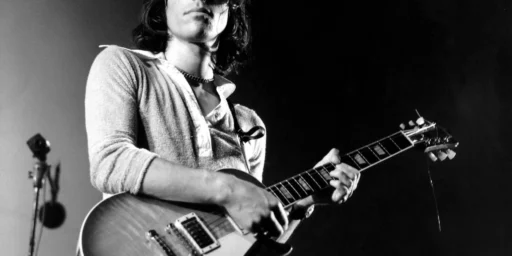
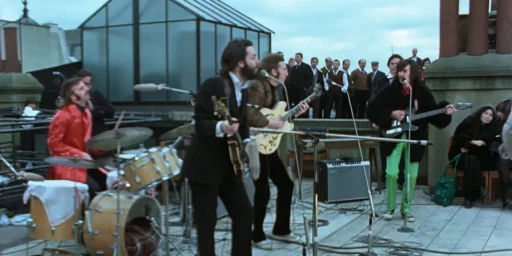
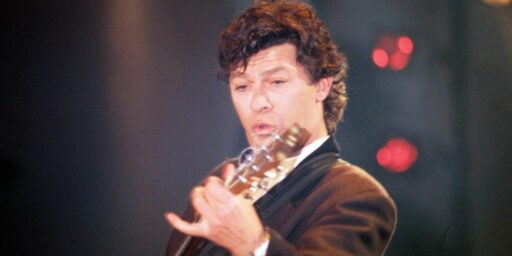
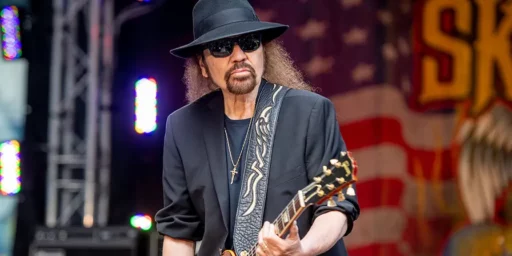

I saw them on the Afterburner tour in 1985/86. It was pretty much paint by numbers but I enjoyed it a lot. Just in the past couple of years I discovered a song of theirs I had somehow missed: Enjoy and Get It On, from Tejas. They’ve given me a ton of joy.
…..and he’s bound for New Orleans…….
Few chords, but damned good chords.